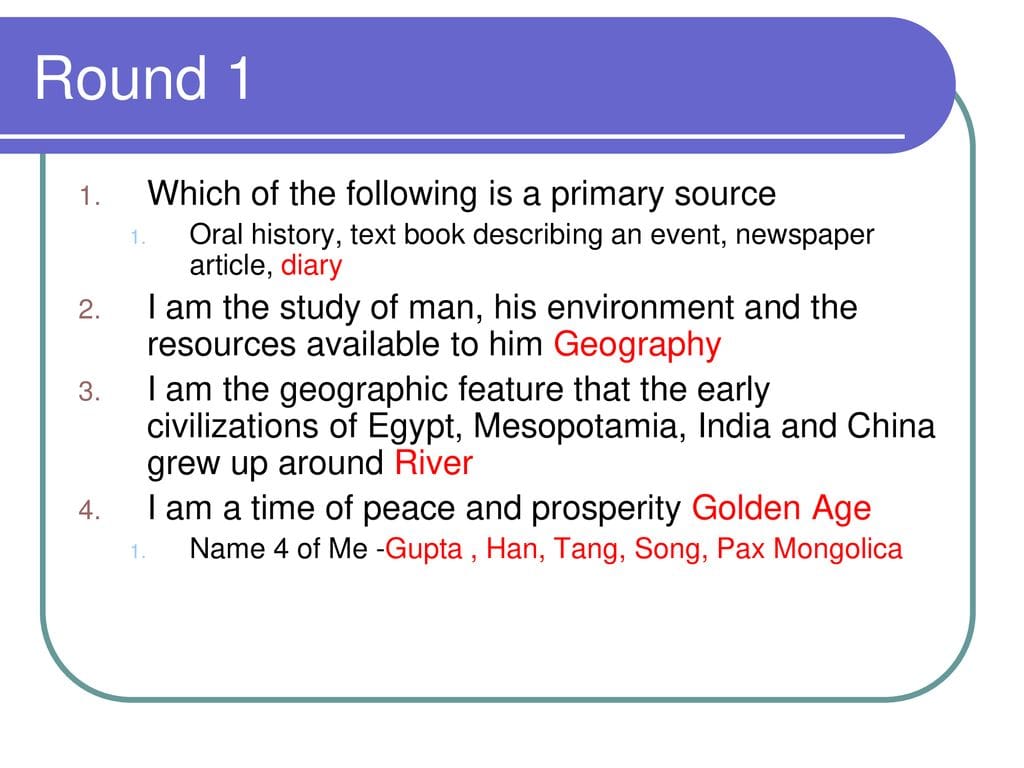Beyond the Battlefield: The Untold Story of Pax Mongolica and its Global Impact
The Pax Mongolica, often translated as “Mongol Peace,” represents a pivotal era in world history, spanning roughly from the mid-13th to the mid-14th centuries. While frequently associated with the stabilization of trade routes and increased cultural exchange across Eurasia, the Pax Mongolica’s legacy is far more nuanced, encompassing both remarkable progress and devastating consequences. It challenges historians to reconcile periods of flourishing cultural exchange and economic prosperity with the undeniable brutality that accompanied the Mongol conquests.
The Rise of an Empire: How Did the Mongols Achieve Such Dominance?
The Mongol Empire’s emergence as the largest contiguous land empire in history is a testament to its military prowess, strategic brilliance, and unique social structure. Under the leadership of Genghis Khan, who united previously warring Mongol tribes in the early 13th century, the Mongols embarked on a series of conquests that redrew the map of Eurasia. Several factors contributed to their astonishing success:
- Military Prowess and Adaptability: The Mongols were renowned for their equestrian skills, mastery of archery, and ability to cover vast distances. Their military tactics were highly adaptable, incorporating new technologies and strategies from conquered peoples. Notably, the Mongols’ adoption of gunpowder from China proved revolutionary, giving them a decisive edge in siege warfare and fundamentally transforming the nature of warfare.
- Organization and Discipline: Unlike the often-chaotic armies of their rivals, the Mongols were meticulously organized. Their army was structured around a decimal system, with units of 10, 100, 1,000, and 10,000 warriors, allowing for efficient communication and coordinated maneuvers. This disciplined structure, combined with their meritocratic promotion system, where advancement was based on skill and loyalty rather than lineage, fostered a highly effective fighting force.
- Strategic Alliances and Psychological Warfare: The Mongols were adept at forging alliances when strategically advantageous, often turning former enemies into valuable allies. They employed sophisticated psychological warfare, using a combination of terrifying reputation and feigned retreats to demoralize opponents. This strategic acumen, coupled with their willingness to employ scorched-earth tactics when necessary, discouraged rebellions and solidified their control over conquered territories.
Pax Mongolica’s Enduring Legacy: From Gunpowder to Globalization
The Pax Mongolica, despite its violent origins, ushered in a period of relative stability and interconnectedness across Eurasia, facilitating an unprecedented exchange of goods, ideas, and technologies. Several key developments highlight the era’s profound impact:
- The Silk Road’s Renaissance: With the Mongol Empire’s control over the vast network of trade routes known as the Silk Road, trade flourished. Merchants and travelers enjoyed relative safety, leading to increased commerce between East and West. The Mongols’ introduction of unified weights, measures, and even paper currency further facilitated trade, laying the groundwork for a more integrated Eurasian economy. This vibrant exchange is vividly captured in the accounts of travelers like Marco Polo, whose journey to the court of Kublai Khan in China offers a glimpse into the interconnectedness of the Pax Mongolica.
- Cultural Fusion and Innovation: Contrary to their image as ruthless conquerors, the Mongols displayed a remarkable openness to the cultures they encountered. They adopted elements of Persian and Chinese cultures, particularly in administration and the arts. This cross-cultural fertilization resulted in a flourishing of intellectual and artistic pursuits, evidenced by advancements in astronomy, mathematics, cartography, and metalworking.
- Unintended Consequences: The Black Death: While the Pax Mongolica facilitated trade and cultural exchange, it also tragically contributed to the spread of disease. The Black Death, a devastating bubonic plague that ravaged Eurasia in the mid-14th century, is believed to have traveled along trade routes, facilitated by the increased movement of people and goods. This devastating pandemic, which killed millions, highlights the complex interplay of factors during the Pax Mongolica, underscoring that even periods of great progress can have unforeseen and catastrophic consequences.
The Price of Peace: Exploring the Darker Side of Pax Mongolica
While the Pax Mongolica brought about a period of relative peace and interconnectedness, it’s crucial to acknowledge the significant human cost and long-term consequences of Mongol rule. The peace was, in many ways, a Pax Mongolica Enforced. This era was marked by:
- Brutal Conquests and Massacres: The Mongol conquests were characterized by extreme violence and brutality. Entire cities were razed, and populations were decimated. While some historians argue that the Mongols’ reputation for brutality was exaggerated by their enemies, there is no doubt that their campaigns resulted in a staggering loss of life. The psychological impact of these conquests, even in regions that were spared outright destruction, cast a long shadow.
- Economic Exploitation: To finance their vast empire, the Mongols implemented a system of heavy taxation and tribute on conquered populations. This economic exploitation, often coupled with the disruption of local economies due to warfare and displacement, led to widespread poverty and hardship, particularly in the agricultural heartlands.
- Cultural and Environmental Degradation: The Mongol’s imposition of their own cultural and administrative practices, while sometimes pragmatic, often came at the expense of local traditions. Moreover, their nomadic lifestyle, heavily reliant on livestock, led to overgrazing and environmental degradation in some regions, with long-lasting ecological consequences.
Was Pax Mongolica a Golden Age or a Period of Unprecedented Brutality?
The Pax Mongolica continues to spark debate among historians, highlighting the complexities of analyzing historical periods. It was undoubtedly a time of great progress, witnessing an unprecedented exchange of goods, ideas, and cultures across Eurasia. The Mongols, despite their fearsome reputation, implemented policies that facilitated trade, cultural exchange, and technological innovation.
However, this progress was inextricably linked to the Mongols’ ruthless conquests, which resulted in widespread death and destruction. The Pax Mongolica’s legacy is forever tarnished by the brutality that accompanied its rise and the unintended consequences, such as the spread of the Black Death. Ultimately, the Pax Mongolica serves as a powerful reminder that history is rarely black and white. It challenges us to grapple with the uncomfortable reality that progress and destruction are often intertwined, forcing us to confront the multifaceted nature of historical legacies. It reminds us that assessing the impact of any historical period requires a nuanced perspective that considers both its achievements and its costs.












